This is a similar chromatography activity to our filter paper phonics, but this time we've kept the colours separate so the separation of colours can be seen more more clearly.
Fun Phonics for Kids
I wrote a selection of alien and real words on different pieces of filter paper and asked my daughter to sound them out and then choose only the alien words to experiment with.

What is Chromatography?
Chromatography is a technique used to separate mixtures. The mixture is passed through another substance, in this case filter paper. The different colour ink particles travel at different speeds through the filter paper allowing us to see the constituent colours of the pen ink.
Materials
- Filter paper
- Sellotape or paper clips
- Container
- Water
Method
- Write some words ( or just draw a dot ) on the filter paper.
- Pour a little water in the container and suspend the paper in the water using a paperclip or sellotape.
- Leave for about 10 minutes.
- Observe the changes. You should see the ink separate into different colours.
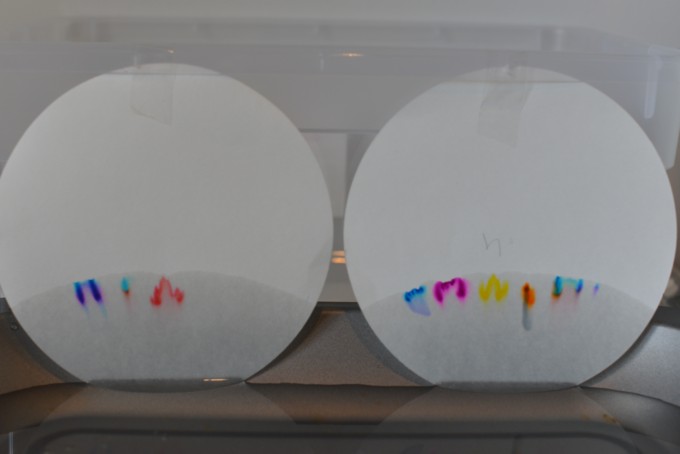
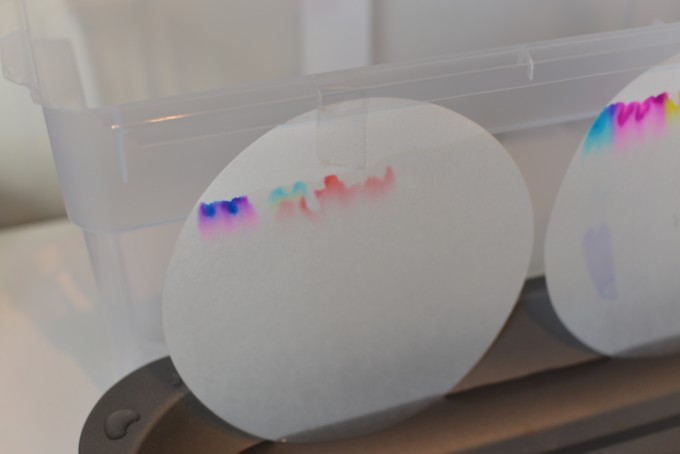
Other Chromatography Experiment Ideas
Try using different types of felt tips, washable, non-washable, permanent markers? Is there a difference?
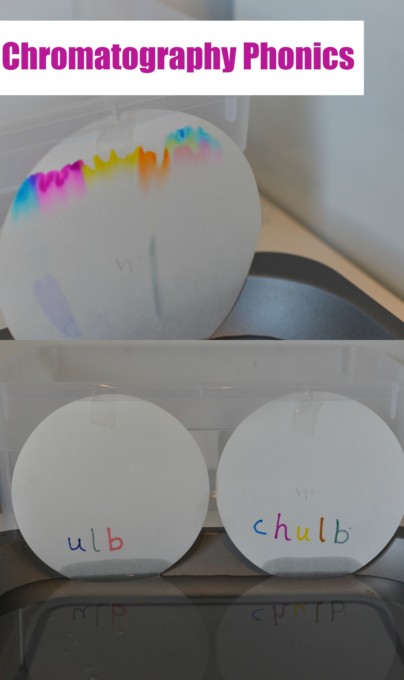
Last Updated on May 14, 2019 by Emma Vanstone
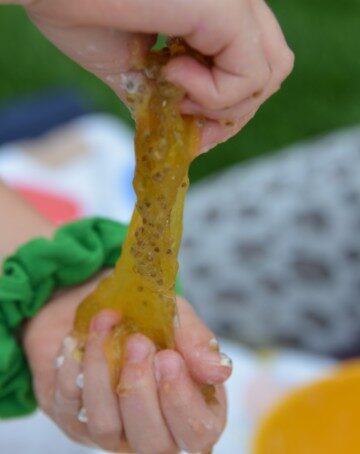
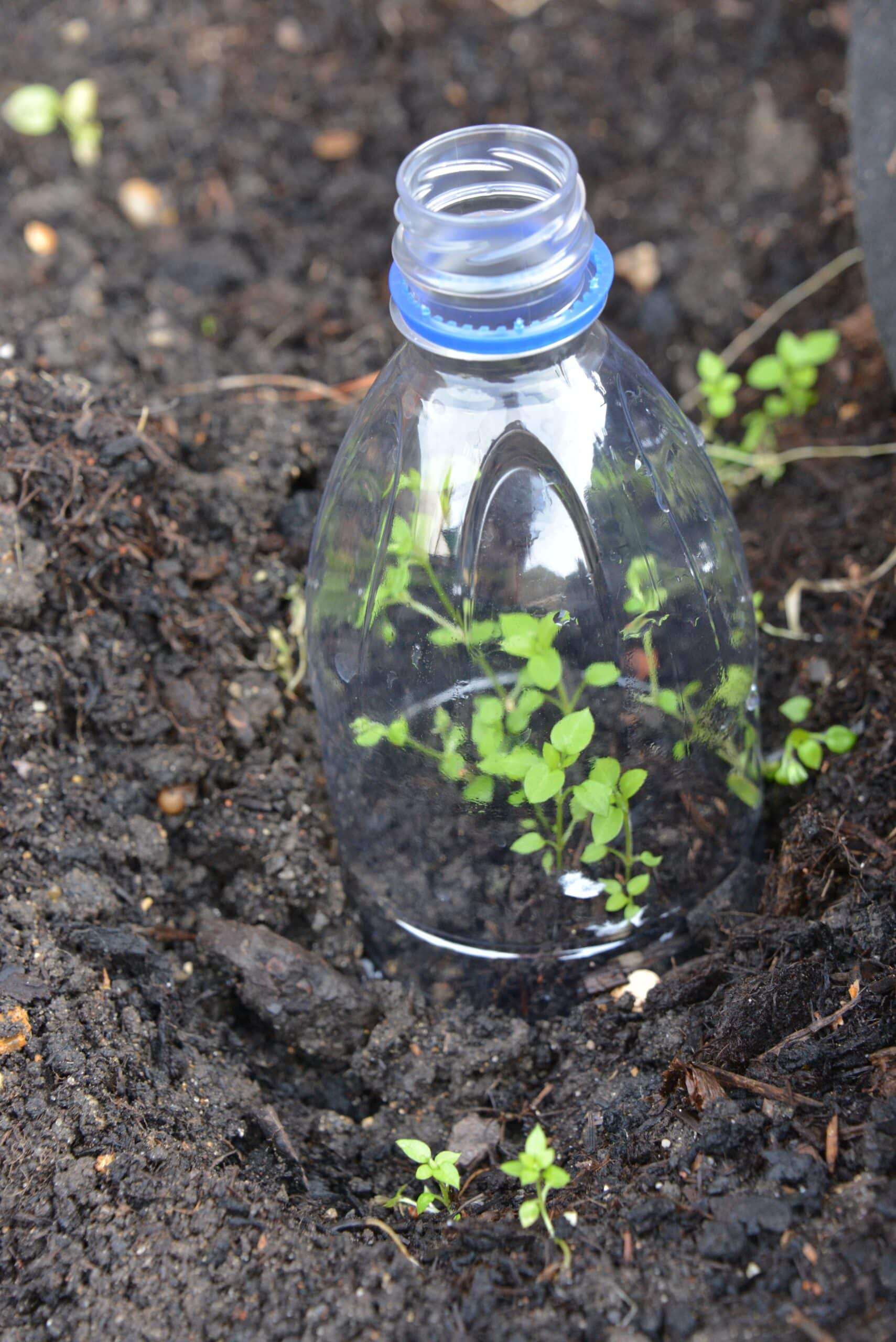


Leave a Reply